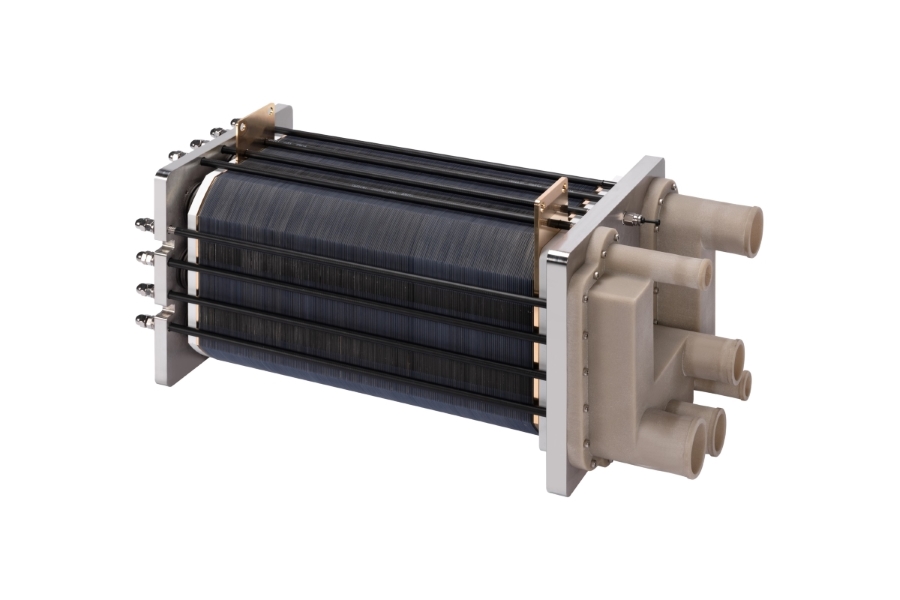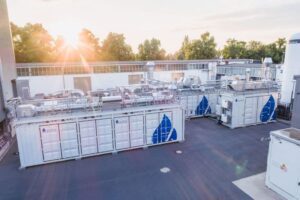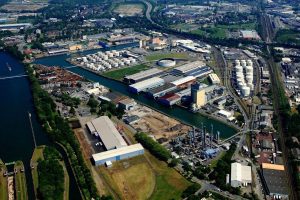According to Siltrax, this advance in power density opens new possibilities for the use of hydrogen fuel cells in sectors where size and weight are critical, such as electric aviation, heavy-duty transportation, and marine applications. Central to the company’s innovation is its patented silicon-based fuel cell architecture, which incorporates a world-first silicon bipolar plate (Si-BPP) and a micro-flow channel design. This configuration enables higher power output using fewer materials.
“Our latest results showed a 30% performance gain over the best industry benchmarks, underscoring the extreme benefits of our silicon BPP and micro-channel designs,” said Dr Zhengrong Shi, founder of Siltrax. “This breakthrough translates directly into more power-dense, more reliable and more cost-effective fuel cells by extracting more power from fewer materials.”
The performance milestone was achieved using only commercially available components, underscoring the impact of Siltrax’s bipolar plate and precision-engineered flow channels. “What’s especially exciting is that this high-efficiency result was achieved solely through the optimization of our proprietary bipolar plate and flow channel design, while all other components were off-the-shelf from commercial suppliers,” said Dr Shi. “These numbers represent just the beginning – by integrating customized gas diffusion layers and membranes tailored to our high-precision architecture, we see significant additional performance gains on the horizon,” added Daniel Zafir, Director of Global Partnerships at Siltrax.
The company notes that the G-100 exceeds the long-term volumetric power density targets set by Japan’s NEDO organisation – 6.76 kW/L (2030), 8.42 kW/L (2035), and 10.38 kW/L (2040) – as well as the US Department of Energy’s USDRIVE target of 2,700 W/kg for stack-specific power by 2025. Siltrax sees this as a step change in the ability of hydrogen fuel cells to support zero-emission mobility and power systems.
The G-100 fuel cell builds on Siltrax’s silicon fuel cell platform, which was developed with support from the Clean Energy Finance Corporation (CEFC) and Virescent Ventures. By leveraging silicon processing technologies and mature photovoltaic supply chains, the company aims to scale up production and lower the cost of advanced fuel cells for demanding applications.






